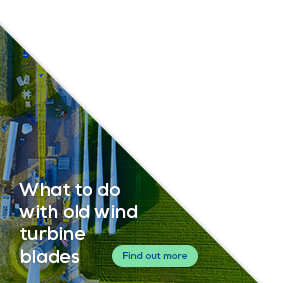WindEurope Bulletin
WindEurope Bulletin November 2018
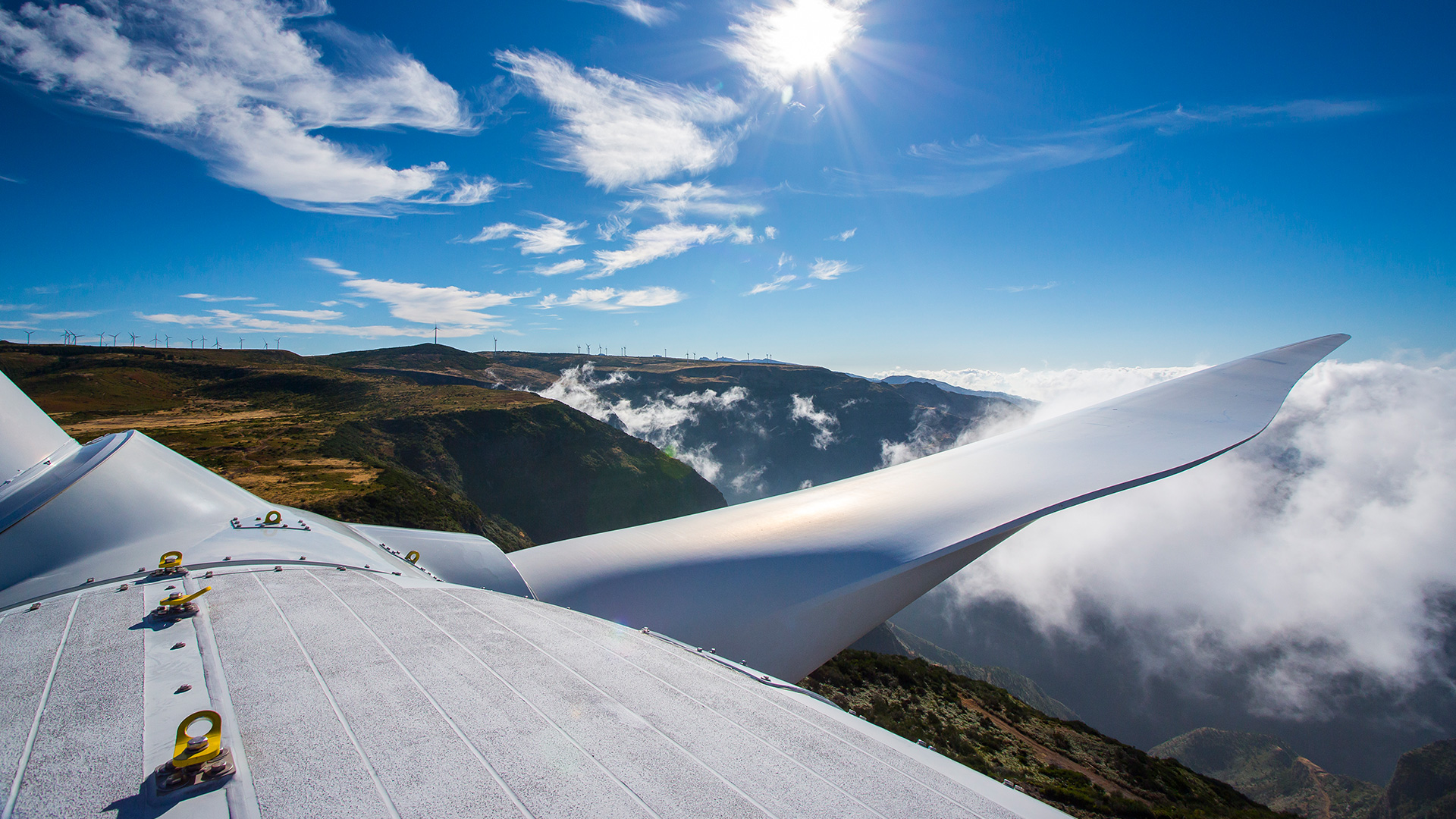
8 November 2018

Giles Dickson
CEO Foreword
Dear WindEurope Member,
You might have seen that the EU’s greenhouse gas emissions went up by nearly 2% last year. This is not meant to happen. We’re meant to be reducing emissions. OK, the EU is still meeting its 2020 emissions target despite last year’s increase. But on current trends we’ll fall well short of the 2030 target: emissions will fall by only 30% (compared to 1990) instead of the agreed 40% – which the European Parliament and many in the Commission think is too low a target!
Rising CO2 emissions from transport are the main reason greenhouse gas emissions rose last year. Which highlights the importance of our working to help electrify transport (and heating).
By contrast, emissions from electricity are falling. And one thing that’s helping here is the rapid growth in corporate power consumers sourcing renewable electricity. Corporates account for around half of Europe’s electricity consumption. Many are now aiming to get 100% of their electricity from renewables. You’ll have seen the number of corporate Power Purchase Agreements (PPAs) with wind keeps growing: almost 1.5 GW of deals this year alone. And it’s not just data centres anymore. Heavy industrial consumers such as aluminium, chemicals and steel are signing them. We even saw the first ever automotive PPA deal this year, with Mercedes choosing to buy wind for its Polish operations.
We’re taking a closer look at this at our annual corporate-renewable PPA event, RE-Source 2018 on 20-21 November. Many of you came to the inaugural edition in Brussels last year. This year we’ve a bigger venue, with more conference sessions and networking opportunities. We’ve got a great line-up of speakers with major corporate buyers such as Google, Microsoft and IKEA and Ministers from Poland and Bulgaria (which has just passed a law to allow PPAs). We’ll look at the current PPA market in Europe and how we can promote them outside of Northern Europe and in new industries. Do join us.
Looking further ahead, our annual WindEurope Conference & Exhibition 2019 will take place in Bilbao on 2-4 April. It’ll cover onshore and offshore wind. The timing is earlier than in recent years, but this will enable us to plug our messages to Europe’s politicians and voters in the run-up to the European Parliament elections in May. Then on 26-28 November we’ll be in Copenhagen for our WindEurope Offshore 2019 event. Make sure you save these dates.
Now, it’s a crucial time on the policy front in Europe because Governments in Europe are writing their National Energy and Climate Plans for 2030. They’ve got to send a first draft to the EU by the end of December. Only Sweden have submitted theirs so far. The rest are all working on it. Remember, these Plans have to detail the new renewables each country plans to build between now and 2030, and what they plan to do with their existing renewables that reach end-of-life between now and then. So they will define the size and shape of the markets you’re all operating in for the next 10 years.
Please spread the word that these National Energy Plans are crucial. And urge the Governments you know well to include in their Plans:
- ambitious volumes for new renewables;
- plans and incentives to support repowering and lifetime extensions;
- clear visibility on the volumes and timing of wind auctions for at least the next five years and the budget allocated to them; and
- measures to drive investments in electric transport and electric heating.
These National Plans will serve as investment brochures for the industry. We should not be afraid to tell Governments that’s how we’ll see them, and we’ll be investing as an industry in those countries that have the best Plans.

Giles Dickson
Policy news
Final countdown for the reform of electricity markets
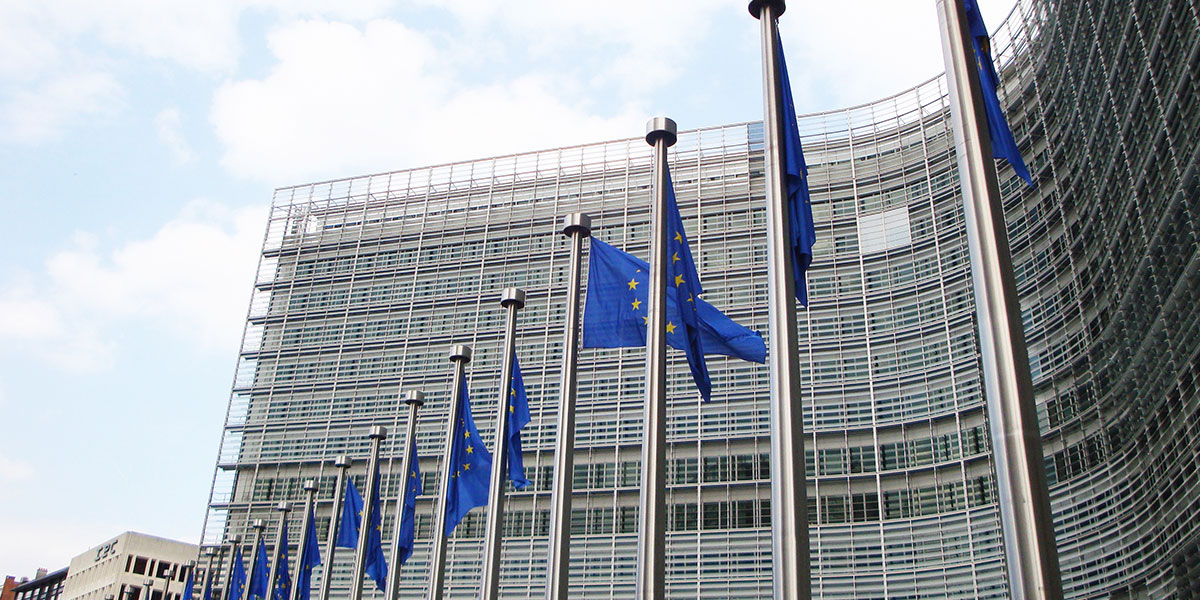
Policymakers in Brussels are currently discussing the new rules that will govern electricity trading in Europe beyond 2020. This reform of electricity market design is the last piece of the Clean Energy Package. It will have a significant impact on wind power producers and their operating environment.
Negotiators are under significant pressure to close the file before the European elections next year. Two more “trilogue” meetings between the European Parliament, the European Commission and EU Member States are scheduled until December to agree on a final text. So there is still time for the wind energy industry to make its voice heard.
Several political points of contention are pending, such as the phase-out of regulated tariffs for residential consumers, the rules applying to capacity mechanisms or the future role of Transmission and Distribution System Operators (T/DSO). Depending on the outcome, the legislation could really help to tackle the current overcapacity of power generation in Europe and to kick-start the deployment of flexibility solutions such as demand-response and storage on a wider scale.
Major breakthroughs are also expected on provisions pertaining to the operational arrangements of wind farms. The industry should prepare for increasing exposure to market dynamics. For instance, the legislation will likely maintain priority dispatch for existing renewables installations but forbid it for new projects. The latter will have to commercialise their production directly onto the spot market. Balancing responsibilities will also apply to all installations, although Member States are left with the possibility to maintain exemptions for existing projects and to offer temporary compensation.
In exchange, producers will be given more opportunities to trade closer to real-time in electricity markets and to get remunerated for providing ancillary services. New requirements will also impose TSOs/DSOs to apply fairer rules for congestion management (ex: curtailing wind farms as a last resort whenever the grid is overloaded). If eventually constrained wind farms will received payments either from bidding in re-dispatch market or via a regulated compensation covering their incurred losses.
WindEurope will dedicate itself in the upcoming weeks to ensuring this integration of renewables into the market is accompanied by new opportunities to compete on equal footing and the establishment of a framework that accelerates Europe’s transition towards a clean and efficient electricity system.
Member’s interview feature

In the build-up to RE-Source 2018, WindEurope recently sat down to discuss PPAs with Luca Pedretti, COO and Co-founder of Pexapark.
Read the interview
Members’ Successes
Wind Energy Marine selects NSSLGlobal’s next generation technology to manage its fleet
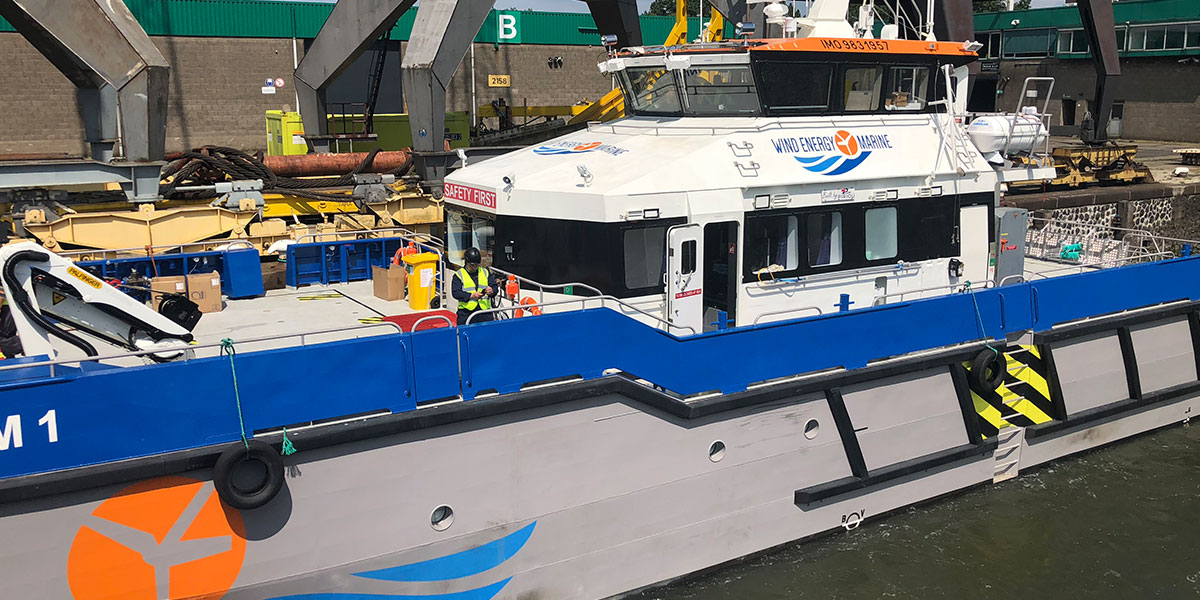
Oceanic Dynamics and FusionIP to be deployed aboard large crew transfer vessels
NSSLGlobal, a leading independent satellite and communications provider has signed a three-year contract with offshore support vessel provider Wind Energy Marine for its new Crew Transfer Vessels (CTVs) operating from Nordsee Farm, near Bremen, Germany. Wind Energy Marine has contracted the deployment of NSSLGlobal’s FusionIP to provide VSAT and cellular connectivity in one solution, alongside the Oceanic Dynamics suite to enable cost-effective and efficient fleet management.
This will enable the company to assess the impact of “push on forces”, transit time, fuel efficiency, engine performance, push on forces, PAX transferred, enabling efficient berthing and preventative maintenance. Alongside this the company will monitor essential information on crew and passenger wellbeing.
Oceanic Dynamics is NSSLGlobal’s innovative complete vessel performance and passenger monitoring solution designed to collect information and report findings to enable owners to improve on-board safety and vessel efficiency. It is the first system of its kind devised uniquely to monitor passenger wellbeing alongside engine performance meeting a market need, for vessels of all sizes.
Andrew Bagshaw, Managing Director at Wind Marine Energy, added: “Oceanic Dynamics will be indispensable in terms of ensuring efficiency and consistent quality of our services, whilst the FusionIP terminal will allow us to stay fully connected to our shipping network at all times.”
The Motion Reference Unit, a highly accurate motion sensor monitors the vessel’s dynamic stability within the water for impact and vibration and GPS positional evaluation enables effective route mapping. The unit also reports on motion and impact monitoring recording “push on forces” exerted on wind turbine structures including wave heights and impact forces.
Events
Spain back on the wind energy map for WindEurope 2019 Conference & Exhibition
 We break down why Bilbao is a logical choice to host the WindEurope 2019 Conference & Exhibition, Europe’s annual on- and offshore wind industry get-together.
We break down why Bilbao is a logical choice to host the WindEurope 2019 Conference & Exhibition, Europe’s annual on- and offshore wind industry get-together.
Just a couple of years ago, the prospects for wind energy in Spain were not looking good. After a four-year wind market standstill, one of the brightest and most promising wind markets in Europe seemed to have hit a wall.
Fast forward to 2018 and Spain is suddenly, dramatically back on the map. After tenders in 2016 and 2017, a total of 5 GW of wind capacity has been awarded, both in onshore and offshore wind. These new wind installations will have a major role in kick-starting the Spanish onshore market.
Things are also moving in offshore wind – Spain’s first offshore wind turbine was installed at the Plocan site off Gran Canaria in June 2018 – and on the political front. The influence of the new Spanish Government was key in obtaining a 32% European-wide renewable energy target for 2030. The Government recently announced that it will be shutting down most of its coal mines and investing €250m in re-skilling coal workers and environmental restoration in coal regions.
Spain is also a leading European wind manufacturing hub, accounting for 22,000 jobs. In particular, the Basque Country has made a conscious decision to invest in the wind industry and is reaping the benefits in investment, jobs and growth. The region itself has become a significant industrial cluster for wind energy, by producing and exporting the cutting-edge equipment and technology to the rest of Spain and Europe. So much so that is has one of the highest concentrations of the wind energy supply chain of any region in the world. Siemens Gamesa Renewable Energy, for example, chose to base its global HQ in Bilbao.
The 2019 WindEurope Conference & Exhibition in Bilbao (2-4 April 2019) will build on the tremendous momentum achieved in recent years by wind power. Wind is now the fastest growing energy source in the world and is a hotbed of innovation and ambition.
The Bilbao Conference and Exhibition will thus be the ideal occasion for 8,000+ industry insiders and 400+ exhibitors to expand their knowledge base, make the contacts they need, and to solidify a vision for the future of this rapidly-expanding sector. This is especially important with European elections approaching in May 2019, which will have a major impact on European energy policy for the following five years.
Please note: over 60% of exhibition space has already been sold for the WindEurope 2019 Conference & Exhibition in Bilbao. Book your stand today to avoid disappointment.
WindEurope Offshore 2019
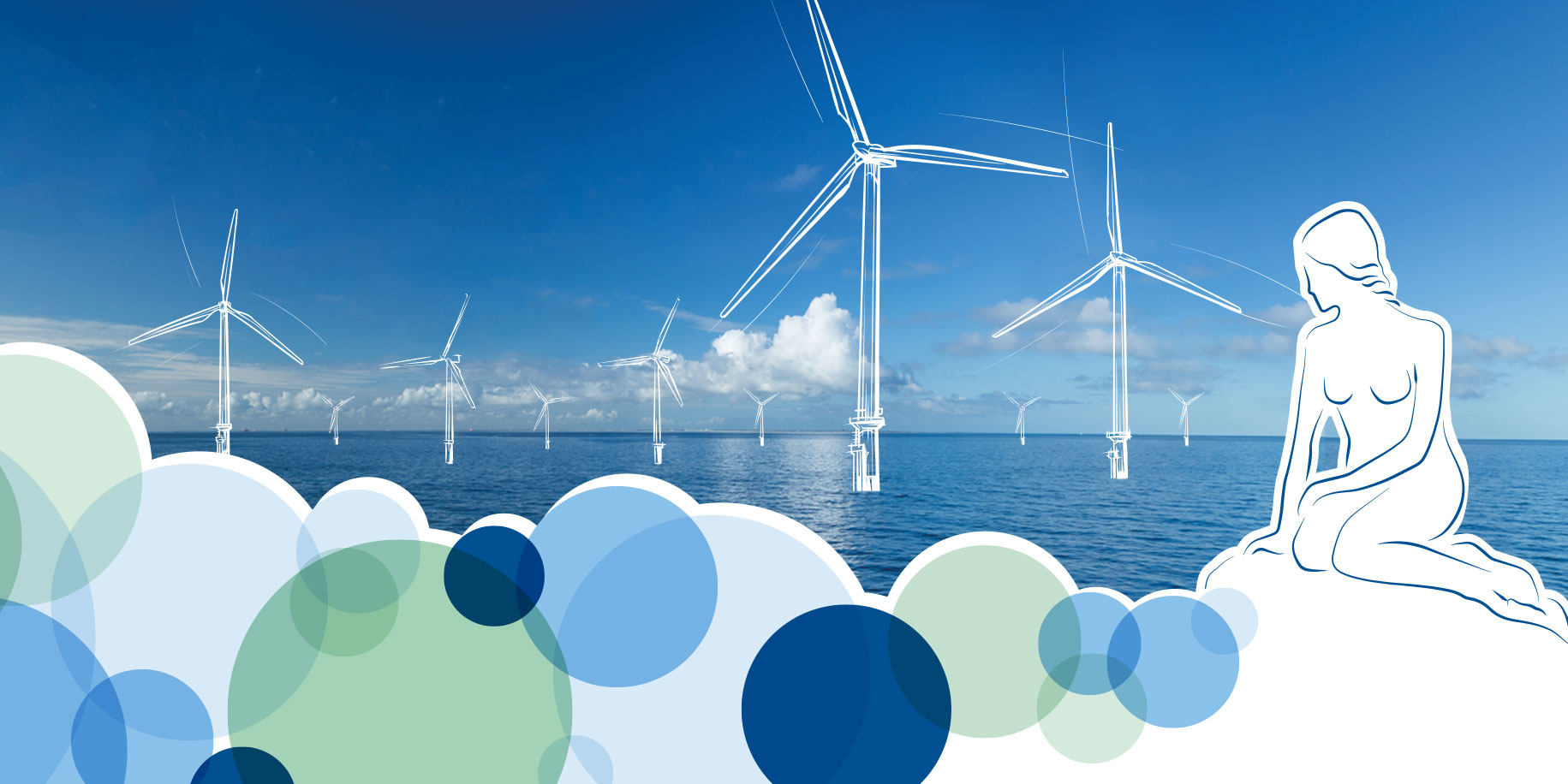
When: 26 – 28 November
Where: Copenhagen
Come to the home of wind industry giants like Vestas, Ørsted, MHI Vestas and LM Wind Power for WindEurope’s dedicated offshore wind energy event.
Denmark is the leader in wind energy penetration, with wind energy producing enough electricity to cover 44% of its domestic consumption last year.
Exhibition space is already running out – so book your stand soon
Call for abstracts now open for Resource Assessment 2019
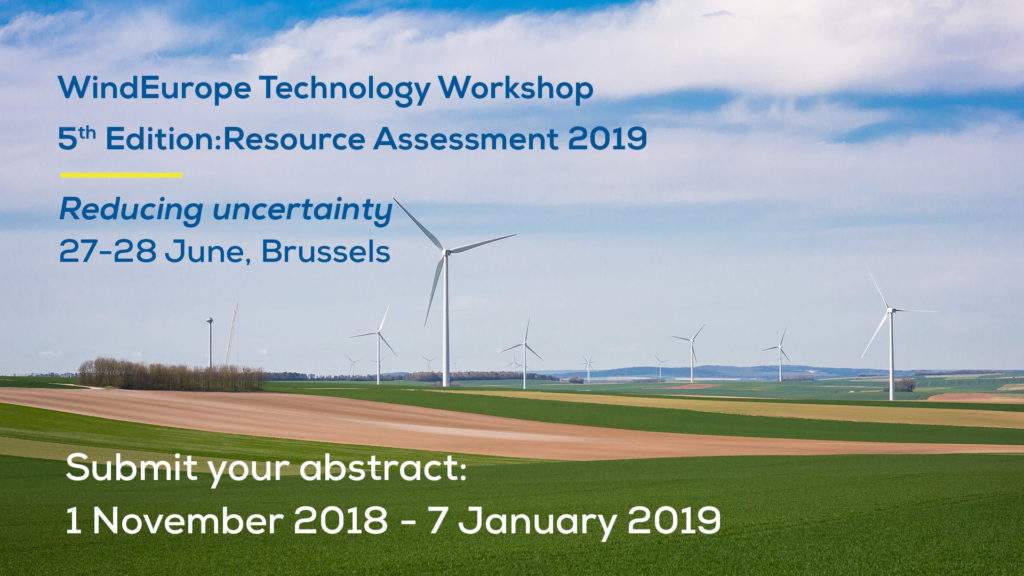
Submit your abstract for the 5th Edition of our Resource Assessment Technology Workshop.
Deadline for submissions: 7 January 2019
Wind Resource 2019 will focus on “reducing uncertainty “when estimating how much wind there is at a given site, through better models and validation tools.
The Resource Assessment Workshop will be constructed around the following main topics.
Challenge 1: Reducing uncertainty in data analysis and processing
- Uncertainty quantification – in individual WRA steps and propagation of uncertainties through the workflow;
- Time series modelling. What stops us from wider implementation of time series calculations as opposed to frequency based?
Challenge 2: Reducing uncertainty in measurements using LiDARs
- LiDAR and site suitability? TI measurements with LIDARs
- Shear adjustment for measurements campaigns including short masts and LIDARs?
- Acceptance, validation, correction strategies.
- Do we need to calibrate LiDARs against masts?
- Applications of scanning LiDARs: how can the wind industry best benefit from this technology? (RA tech)
Challenge 3: improving simulations and modelling with regards to levels of uncertainty
- How to set a modelling hierarchy based on Uncertainty Quantification?

